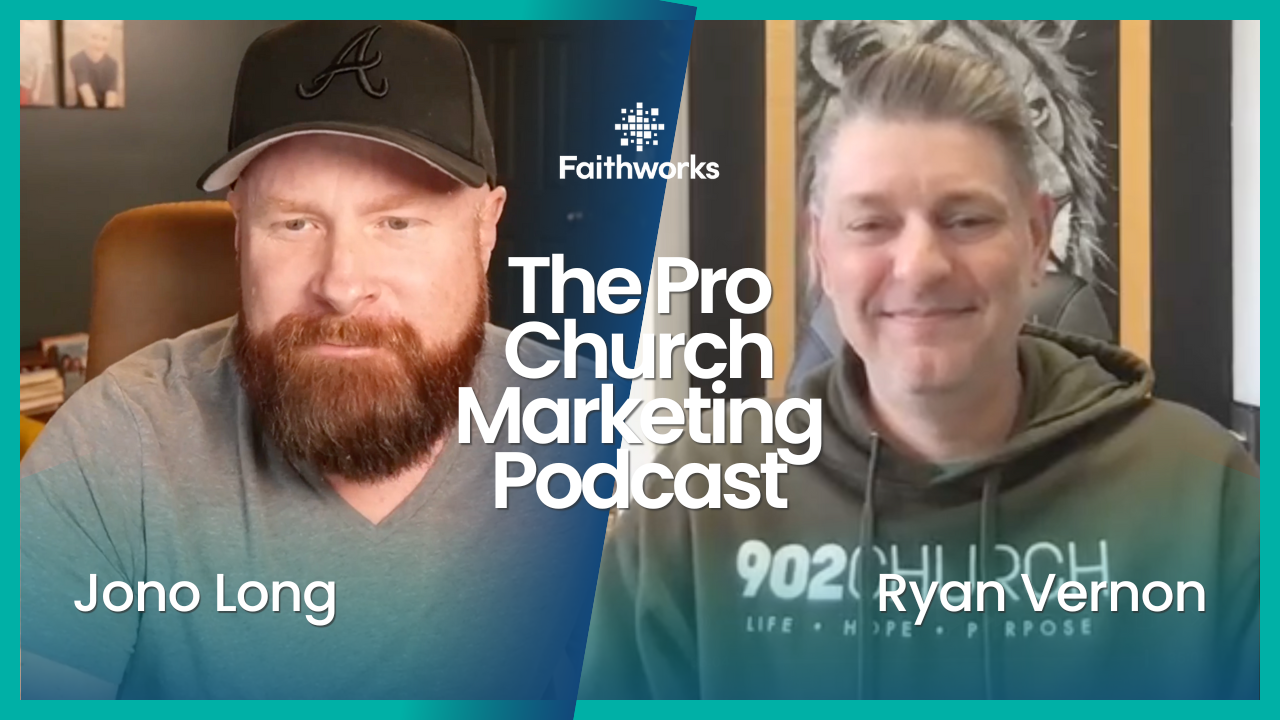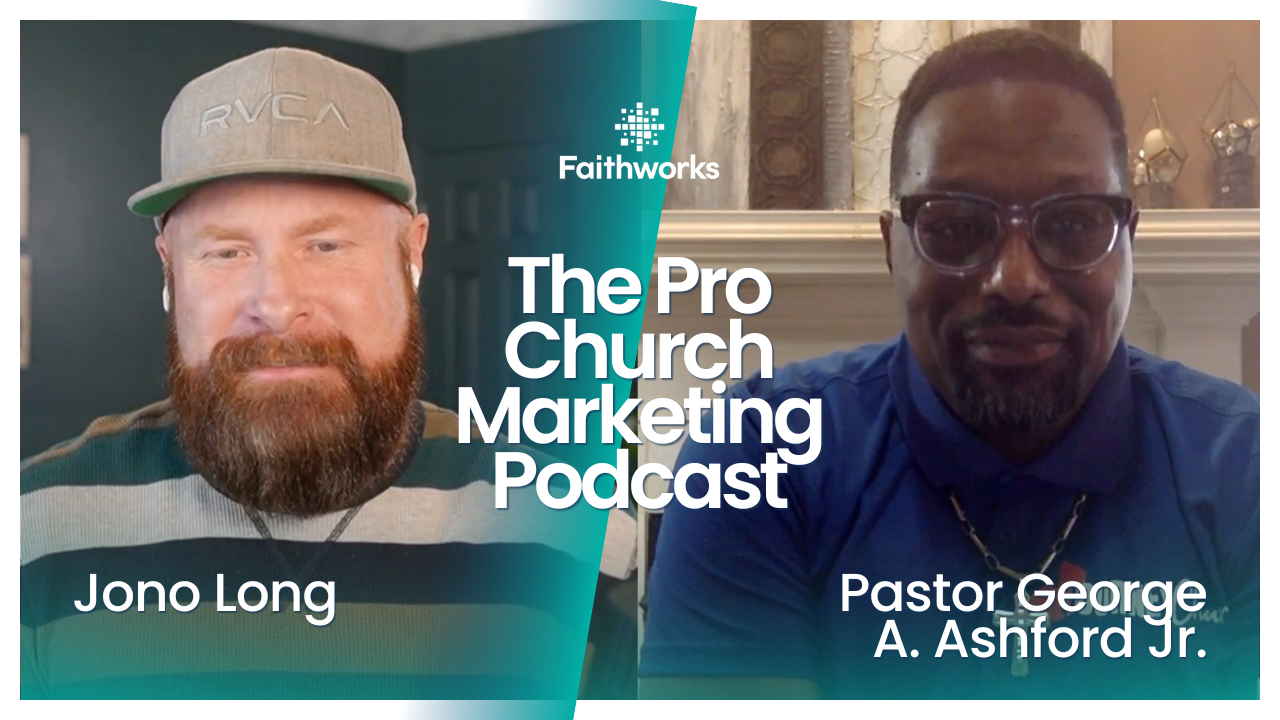Digital Marketing 2022: Trends That Nonprofits Should Know
Doing more with less is a challenge that every marketing team faces, especially in nonprofit organizations. Finding more efficient ways to compete is more crucial than ever for nonprofit marketers.
How can your nonprofit stand out from the crowd, attract supporters, garner media attention, and raise the money it needs? One way to set your nonprofit organization apart is by implementing cutting-edge and exciting marketing tactics.
For you to know what strategies you should utilize, start by learning these digital marketing trends in 2022:
1. Investing More in Online Advertising
Fundraisers are accelerating the digitization of their strategies in response to the COVID-19 pandemic. Since nonprofits could no longer plan in-person events, they had to devise alternative methods for interacting with their supporters and attracting new donors. Included in this is online advertising.
Digital advertising on social media or search engines is frequently a quicker and less expensive way to reach a large number of people when compared to direct mail. This makes online advertising very well-liked and lucrative, especially when combined with infinite options for audience targeting.
2. Incorporate the Impact of Pandemic
It is no secret that the COVID-19 pandemic has profoundly impacted the world. The effects of the pandemic have been especially apparent in the nonprofit sector. As nonprofits grapple with the ever-changing landscape, digital marketing has become an increasingly important tool for promoting their mission and engaging with their audience.
Your organization can still offer engaging online experiences to remote supporters even if it has limited capacity to host in-person events. To keep your virtual engagement strategy flexible, incorporate fresh virtual event ideas like online auctions, behind-the-scenes tours, and live-streamed concerts. Supporters should be exposed to something new during the last two years of digital engagement during the pandemic era.
3. New Targeting Techniques Should Be Adopted
Adopting new digital marketing targeting techniques by nonprofits can help them better connect with potential donors and volunteers. This can help nonprofit organizations increase their donations and volunteer participation and improve their outreach efforts.
New digital marketing techniques can be divided into two main categories: behavioral advertising and social media.
Behavioral advertising is based on the theory that individuals are more likely to behave in a certain way if an advertised product or service prompts them. Social media marketing uses platforms such as Facebook, Twitter, and LinkedIn to create and share content with friends, followers, and other interested parties.
4. Providing Convenient Ways for Donors
Your company's marketing strategy cannot rely solely on a solid website and social media presence in the present day. While it is essential to strengthen these digital platforms, it is equally important to target donors individually. This enables you to take a proactive approach to expose your content to a larger audience of supporters.
Conclusion
Digital marketing is constantly evolving, and it can be challenging to keep up with the latest trends. However, it's essential to be aware of the latest ones to stay ahead of the curve and continue to reach their target audiences effectively.
With those outlined in this article, it would be easier for you to establish strategies to improve your nonprofit's digital marketing.
Suppose you need social media management for nonprofits for an easier way to connect and communicate with donors and supporters. Faithworks Marketing is here to help you! We utilize both organic social media marketing and targeted social media advertising. We can assist you with one or both to increase website traffic and participation in your faith-based organization or local church. Contact us immediately!

Latest Posts




© 2025 All Rights Reserved | Faithworks Marketing







